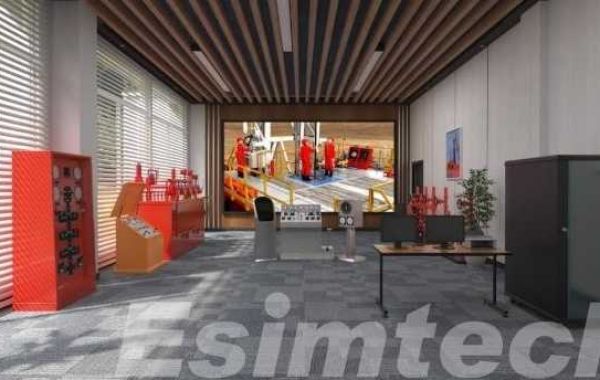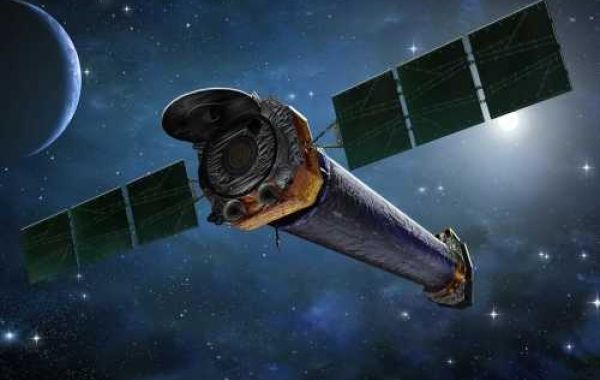Downhole simulators have become invaluable tools in the oil and gas industry, providing a safe and cost-effective environment for training personnel on complex well operations. While pre-built scenarios offer valuable foundational knowledge, specialized training needs often require customized scenarios tailored to specific operational challenges and equipment configurations.
Why Develop Custom Scenarios?
Enhanced Realism: Custom scenarios can accurately replicate the unique characteristics of a specific well, including:
Wellbore geometry: Inclination, azimuth, curvature, and doglegs.
Formation properties: Lithology, porosity, permeability, and pressure gradients.
Drilling fluids: Rheology, density, and filtration properties.
Downhole equipment: Specific drillstring configurations, mud motors, and rotary steerable systems.
Focus on Specific Challenges: Tailor training to address specific operational issues such as:
Wellbore instability: Managing stuck pipe, hole collapse, and wellbore tortuosity.
Lost circulation: Identifying and mitigating zones of fluid loss.
Kicking and souring: Preventing and controlling wellbore pressures.
Directional drilling challenges: Achieving target depths and azimuths while minimizing tortuosity.
Improved Decision-Making: Train personnel to make informed decisions in real-time, considering the unique complexities of the well and the potential consequences of their actions.
Reduced Risk: Identify and mitigate potential risks before they occur in the field, minimizing costly delays and non-productive time.
Steps in Developing Custom Scenarios:
Gather Data: Collect comprehensive data from well plans, drilling reports, and other relevant sources.
Define Training Objectives: Clearly outline the specific learning outcomes and competencies to be achieved through the training.
Scenario Design: Create a realistic simulation environment that replicates the target well and its associated challenges.
Scenario Validation: Test and refine the scenario to ensure it accurately reflects the intended operational conditions and challenges.
Develop Training Materials: Create supporting materials such as presentations, work instructions, and checklists to guide trainees through the simulation.
Conduct Training: Deliver the training using the custom scenario, providing feedback and guidance to trainees throughout the exercise.
Evaluate Effectiveness: Assess the effectiveness of the training by evaluating trainee performance, knowledge retention, and application of skills in the field.
Benefits of Using Custom Scenarios:
Increased Training Effectiveness: Improved knowledge retention, skill development, and decision-making abilities.
Reduced On-the-Job Accidents: Minimize the risk of costly and potentially dangerous incidents in the field.
Improved Operational Efficiency: Optimize drilling operations, reduce non-productive time, and improve overall well performance.
Enhanced Safety: Create a safer working environment for all personnel involved in well operations.
By developing and utilizing custom scenarios in downhole simulators, the oil and gas industry can significantly enhance the effectiveness of its training programs, improve operational performance, and ultimately reduce costs and improve safety.








